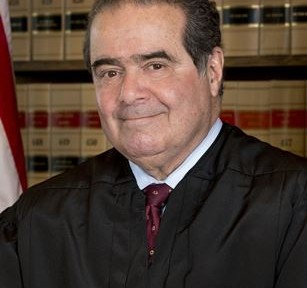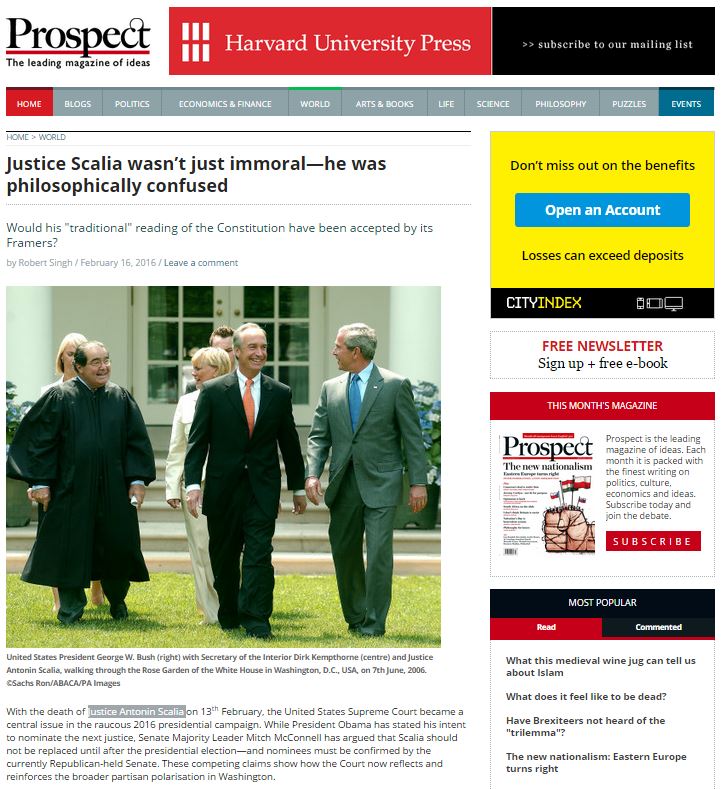This article was contributed by Dr Joel McKim, from Birkbeck’s Department of Film, Media and Cultural Studies.
Writing in the 1930s, the Austrian writer Robert Musil famously noted that despite their attempted grandeur, there is nothing as invisible as a monument: “They are impregnated with something that repels attention, causing the glance to roll right off, like water droplets off an oilcloth, without even pausing for a moment.” It’s difficult to reconcile Musil’s observation with what we’ve witnessed from afar over the past week – a nation seemingly ripping itself apart, a statue of Robert E. Lee situated at the centre of the conflict. Michael Taussig has, more recently, suggested an important adjustment to Musil’s theory arguing that it’s not until a monument is destroyed (or is slated for removal) that it succeeds in drawing our attention. The monument, Taussig reminds us, is often the first symbolic target in times of struggle. “With defacement,” he writes, “the statue moves from an excess of invisibility to an excess of visibility.”
The confederate statues in America and the dilemma over what do with them became extremely visible this past week. It’s a discussion that has actually been taking place for some time now, with the removal in April and May of a number of monuments in New Orleans (including statues of Lee and Jefferson Davis, the president of the Confederacy) being a recent flashpoint. And there are of course many global and historical precedents to this debate, including the removal of racist and imperial icons in South Africa over the past several years and the precarious fate of Soviet-era statuary (see for example the excellent Disgraced Monuments, by our own Laura Mulvey and Mark Lewis). Decisions over what to do with symbols of past shame or troubling history also extend to the realm of preservation. Germany and Austria have recently been debating whether several architectural sites connected to the history of National Socialism, including the Nuremberg rally ground and the birthplace of Adolf Hitler, should be preserved, destroyed, or simply left to decay.
Apart from the abhorrent, but hopefully small faction who sees these symbols as worthy of veneration, another argument for keeping confederate monuments in place surfaces frequently from an apparently more benign viewpoint. We’ve all heard some variation of this position expressed over the past several days: “These monuments are an important reminder of our difficult and troubling history.” Or, “These statues help us to educate ourselves about what we have overcome.” Or, “If we destroy the past we will be doomed to repeat it.” While perhaps well meaning, I believe this line of argument is misguided in a number of ways. I think it’s fundamentally mistaken in its understanding of both the social dynamic and cultural history of monuments. Let me explain why.
Firstly, if monuments do have a significant educational purpose (and even this is questionable), it is certainly naïve to think this is the only mode by which they function. Rather than serving as references to the figure or event of the history they depict, public monuments communicate far more about the collective sentiments of our current period and the period in which they were erected. They express, in other words, rather than simply educate. The majority of confederate monuments, as New Orleans mayor Mitch Landrieu reminds us, were constructed not at the time of the civil war, but long afterwards during moments of resurgence in pro-confederate sentiment and white backlash against black civil rights, such as the Southern Redemption period. They were much less a marker of a tragic, but completed chapter in the nation’s history, than an expression of a renewed commitment to the cultural values of the losing side. Nicholas Mirzoeff points out that the monument to Robert E. Lee in Charlottesville was completed in 1924 and reflects a period of intense KKK organizing in the area. That these monuments can still function today as rallying points for ethnic nationalists and white supremacists, rather than as neutral transmitters of a distant history, should be self-evident after this week’s events. Could whatever nominal educational value these monuments possess, ever justify the continued emboldening role they play for these groups, or the genuine pain and distress they cause to so many who are forced to encounter them in public space? Ask a member of the black community if they are in need of a statue of Robert E. Lee to teach them about the history and continued impact of slavery and discrimination in America.
The second reason I think anxieties of the “destruction of history” type are misguided is that they don’t adequately recognize the always provisional and malleable nature of monuments and memorials. Far from being permanent or stable markers of history, monuments are perpetually being altered, moved, re-interpreted and reconsidered. They are contentious and contingent objects. The memorial landscape is continually in a process of adaptation. As Kirk Savage claims in his insightful history of the National Mall in Washington, “The history of commemoration is . . . a history of change and transformation.” Even the Lincoln Memorial, the most monumental of American memory sites, is an example of adaptation according to Savage. Its adoption as a symbol for the black civil rights movement occurred despite, rather than because of its intended design – the planners deliberately downplayed Lincoln’s role in the abolition of slavery. Artist Krzysztof Wodiczko’s protest-oriented projections onto existing statues are another important example of how the struggle to determine a monument’s meaning may continue long after its construction. Some of the most powerful monuments and memorial proposals of the past few decades have incorporated an element of self-destruction or suspicion into their own form. From the Gerz’s monument against fascism that disappears into the earth, to Maya Lin’s deliberately non-monumental Vietnam Veteran’s Memorial, to Horst Hoheisel’s proposal to blow up the Brandenburg Gates as a memorial for the murdered Jews of Europe. In short, public monuments change; their lifespan is not and probably shouldn’t be infinite. We don’t owe them that. The debate and conflict surrounding the removal of confederate monuments is obviously a clear indication that America is also currently undergoing a process of significant change. While the events of the past week have been worrying and sickening, I am heartened by the number of courageous people committed to ensuring that this change is a move forward, rather than a regression.
Dr Joel McKim is Lecturer in Media and Cultural Studies and the Director of the Vasari Research Centre for Art and Technology. His book Architecture, Media and Memory: Facing Complexity in a Post-9/11 New York is forthcoming in 2018 from Bloomsbury.





